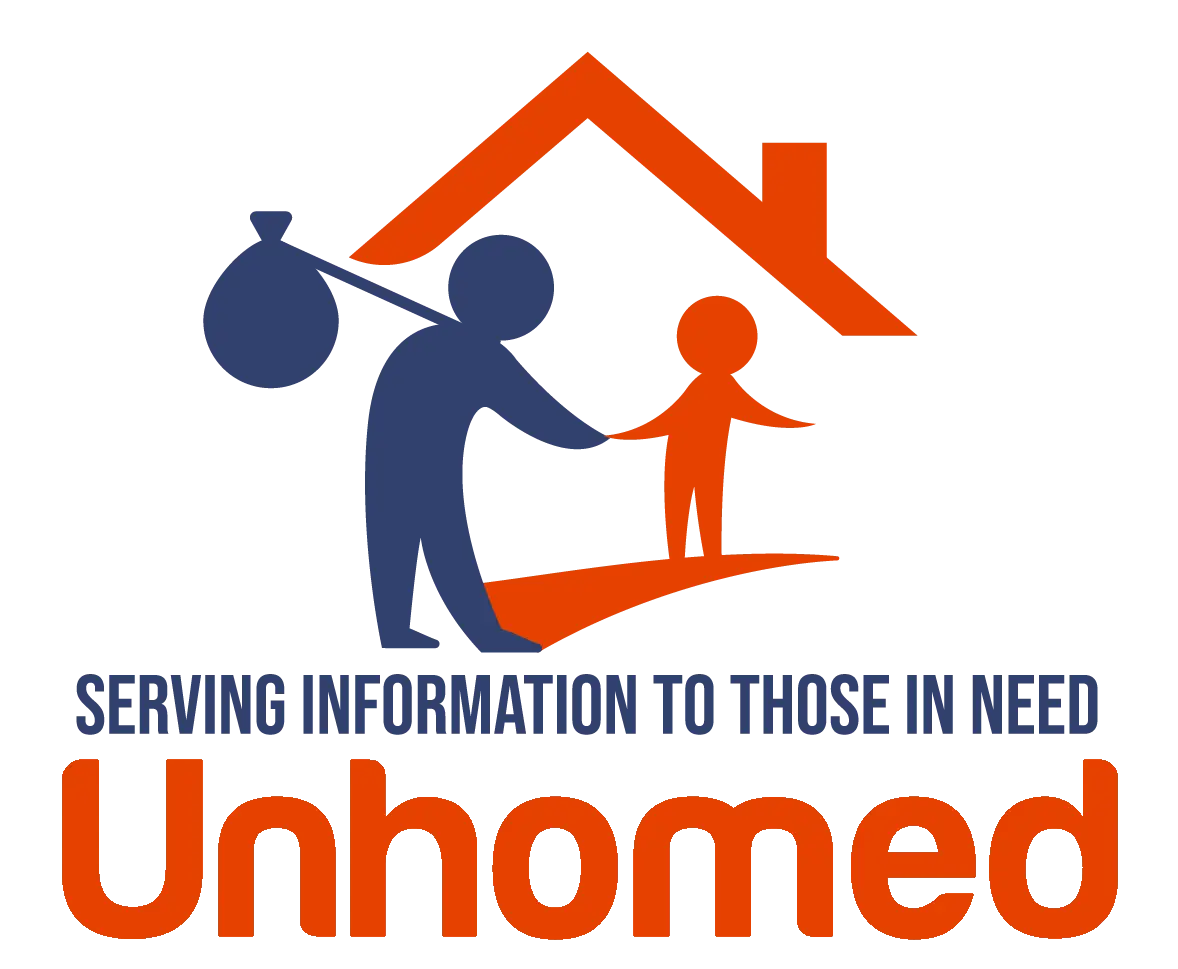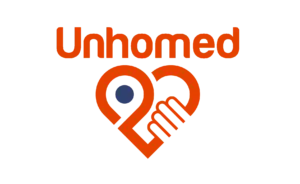Informal Settlements
Description
"Title: Decoding the Phenomenon of Informal Settlements: The Facts, Challenges, and Implications
Term: Informal Settlements
Definition: Informal settlements are groups of housing units that are frequently makeshift or improvised. They are often established in unauthorized or unsuitable areas without legal permission, typically in urban regions. Consequently, residents of such settlements often juggle numerous challenges, including lack of basic infrastructure, inadequate services, and ever-present risk of eviction.
Description: Informal settlements, sometimes referred to as slums or shantytowns, are a global urban phenomenon, typically proliferating in developing countries due to rapid urbanization. Their proliferation signifies the socio-economic imbalance in urban societies and reflects the inability of governments to provide affordable housing for all. The resulting lacunae force the low-income population to rely on informal arrangements, which are mostly devoid of basic infrastructure like clean water, sanitation facilities, or waste management systems, leading to serious public health risks.
Objectives:
- Understand the living conditions and challenges faced by residents
- Identify strategies to improve these settlements
- Develop policies to address the root causes of informal settlements
Mechanisms:
- Fostering community engagement: Involving residents in decision-making processes for better infrastructure & services
- Governmental intervention: Policy changes to ensure availability of affordable housing
- NGOs & International organizations: Initiating programs to improve living conditions
Benefits:
- Opportunity for affordable housing: For many impoverished people, these settlements may be their only affordable housing option
- Creation of employment: Informal economies often thrive in these areas, offering livelihood opportunities
- Cultural diversity: These settlements often bring together people from diverse backgrounds, fostering unique, vibrant communities
Challenges:
- Lack of basic infrastructure: The lack of sanitation, clean water, and electricity is prevalent
- Risk of eviction: Residents live under constant fear of being evicted as these settlements are illegal
- Poor health conditions: Due to inadequate living conditions, residents often face serious health issues
Examples:
1. Dharavi in Mumbai, India: One of the largest informal settlements in the world, Dharavi houses up to a million people in cramped spaces.
2. Kibera in Nairobi, Kenya: Known as the largest informal settlement in Africa, Kibera's population lacks access to basic sanitation facilities.
3. Rocinha in Rio de Janeiro, Brazil: Despite being an informal settlement, Rocinha has developed its own dynamic community structure.
Further Reading:
1. Informal Settlements and Urban Upgrading: https://www.springer.com/gp/book/9783658191857
2. Re-thinking Informal Settlements: https://link.springer.com/chapter/10.1007/978-3-030-00641-4_2"



